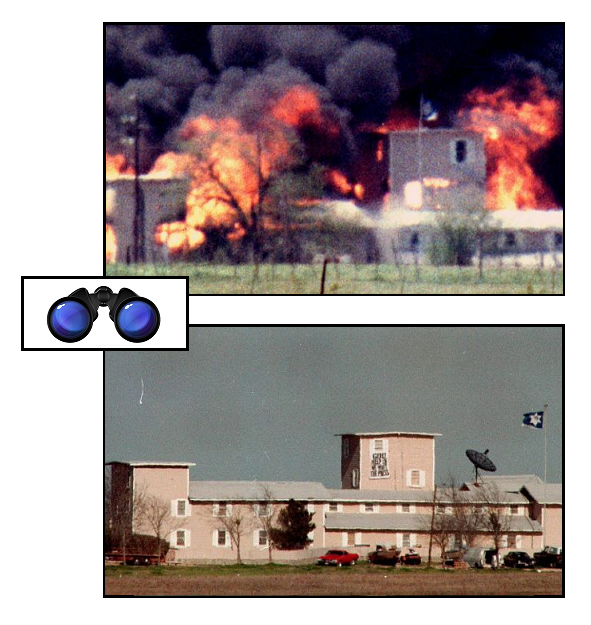[ by Charles Cameron — in hope that improved mutual understanding across a range of conflict situations will provide some viable alternatives to needlessly violent solutions ]
.
**
Malcolm Gladwell wrote an article published in the New Yorker at the end of last month titled How not to negotiate with believers.
It’s on a topic I’ve been interested in for years, and it quotes several scholars whose work on the topic I know, whose books I read, in whose digital company I sometimes find myself as a researcher of new religious movements, apocalypticism and so on — and I’m happy to say that IMO Gladwell frames and summarizes the key issues very nicely.
You can read the whole piece on the New Yorker site, and I encourage you to do so. What I aim to do here is to extract the essence, and to suggest that similar considerations apply in greater or lesser measure to interactions with jihadists, members of the 969 movement in Myanmar, and others in one orm or another of religious conflict.
**
Here’s the key graf:
Not long after the Waco siege began, James Tabor, the Biblical scholar, heard David Koresh on CNN talking about the Seven Seals. Tabor is an expert on Biblical apocalypticism and recognized the Branch Davidians for what they were—a community immersed in the world of the Old Testament prophets. He contacted a fellow religious scholar, Phillip Arnold, and together they went to the F.B.I. “It became clear to me that neither the officials in charge nor the media who were sensationally reporting the sexual escapades of David Koresh had a clue about the biblical world which this group inhabited,” Tabor writes, in an essay about his role in the Mount Carmel conflict. “I realized that in order to deal with David Koresh, and to have any chance for a peaceful resolution of the Waco situation, one would have to understand and make use of these biblical texts.”
Know your enemy, yes?
**
There’s a particular exchange that Gladwell notes, between Koresh and law enforcement, which addresses the issue in terms of competing realities:
Even at the beginning of the siege, in the first call that Koresh made after the A.T.F. attack, the fundamental misunderstanding between those inside and those outside Mount Carmel was plain. Koresh telephoned Larry Lynch, in the local sheriff’s office, and — while the battle outside raged — insisted on talking about the Seven Seals:
KORESH: In the prophecies -—
LYNCH: All right.
KORESH: it says -—
LYNCH: Let me, can I interrupt you for a minute?
KORESH: Sure.
LYNCH: All right, we can talk theology. But right now -—What Lynch means is that right now there are dead and wounded bodies scattered across the Mount Carmel property and a gunfight is going on between federal agents and Koresh’s followers. For those who don’t take the Bible seriously, talking about Scripture when there is a battle going on seems like an evasion. For those who do, however, it makes perfect sense:
KORESH: No, this is life. This is life and death!
LYNCH: Okay.
KORESH: Theology -—
LYNCH: That’s what I’m talking about.
KORESH: is life and death.
Let me repeat that Gladwell comment:
For those who don’t take the Bible seriously, talking about Scripture when there is a battle going on seems like an evasion. For those who do, however, it makes perfect sense.
**
To Koresh and those he spoke for, his emphasis, his sense of where the “real” reality lay made perfect sense — while the FBI dismissed his words as “Bible babble” since they held a substantially diferent view of reality.
If religion continues to be a major element in terrorism and perhaps other forms of conflict in what remains of this century, we would do well to learn the importance of listening to and addressing the worldview of our interlocutors.
And that goes for the Koreshes and other dissenters of the world, as well as to those who hold “the usual suspects assumptions”.
**
Further reading:
James Tabor and Eugene Gallagher, Why Waco? Jayne Seminaire Docherty, Learning lessons from Waco
For an Al-Qaida equivalent, see my post Close reading, Synoptic- and Sembl-style.



